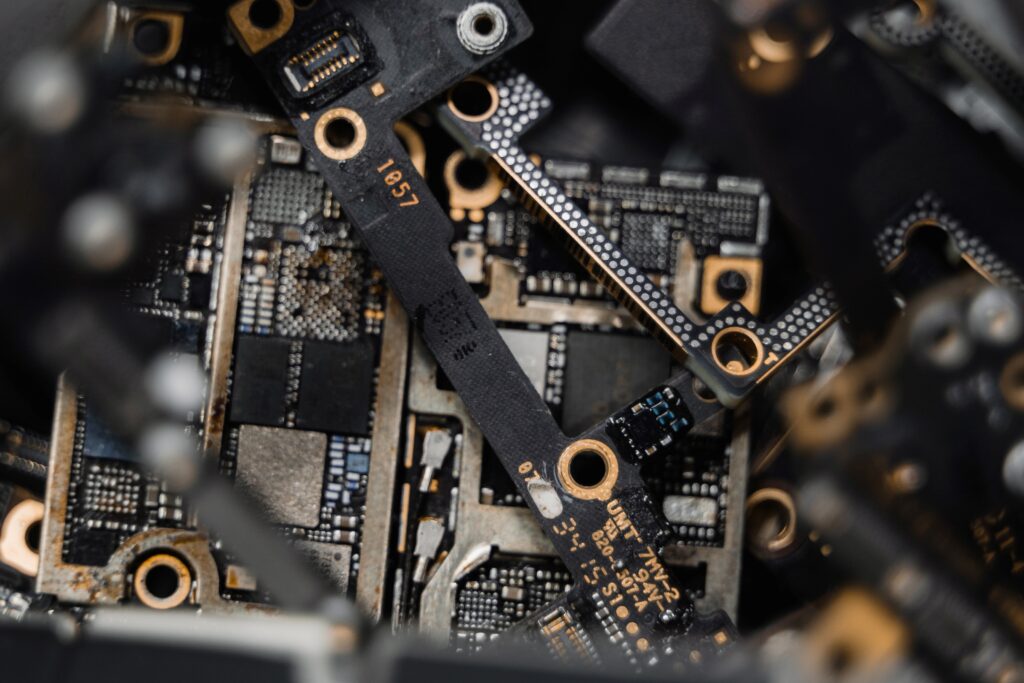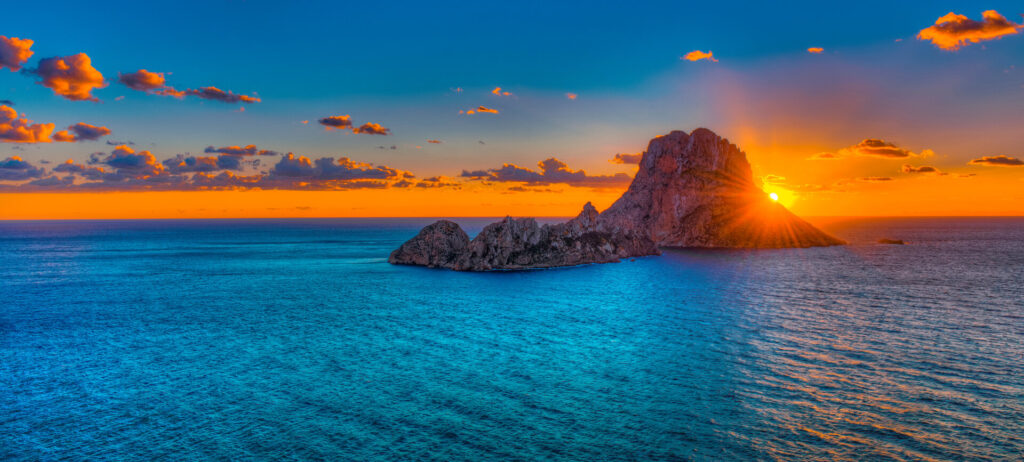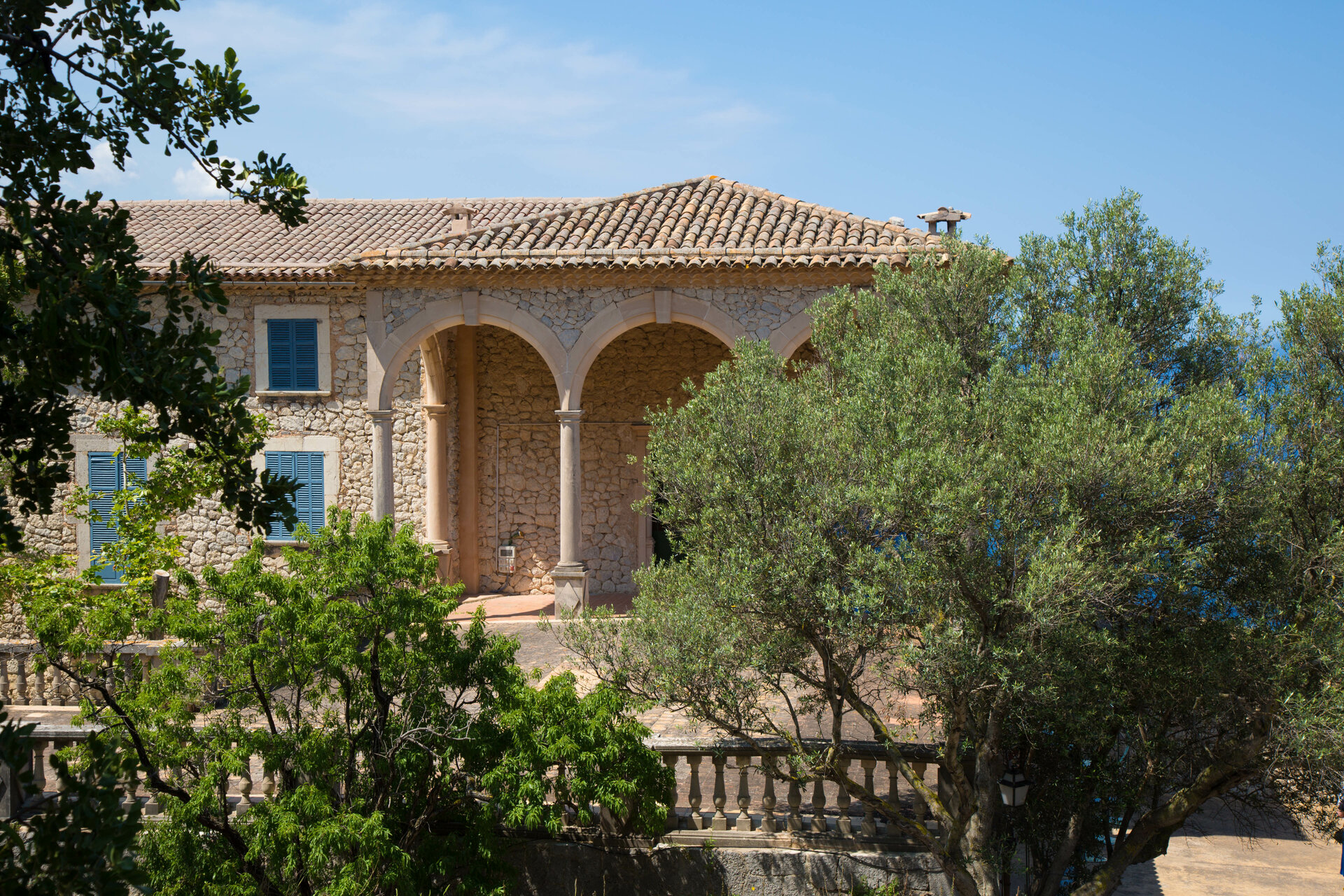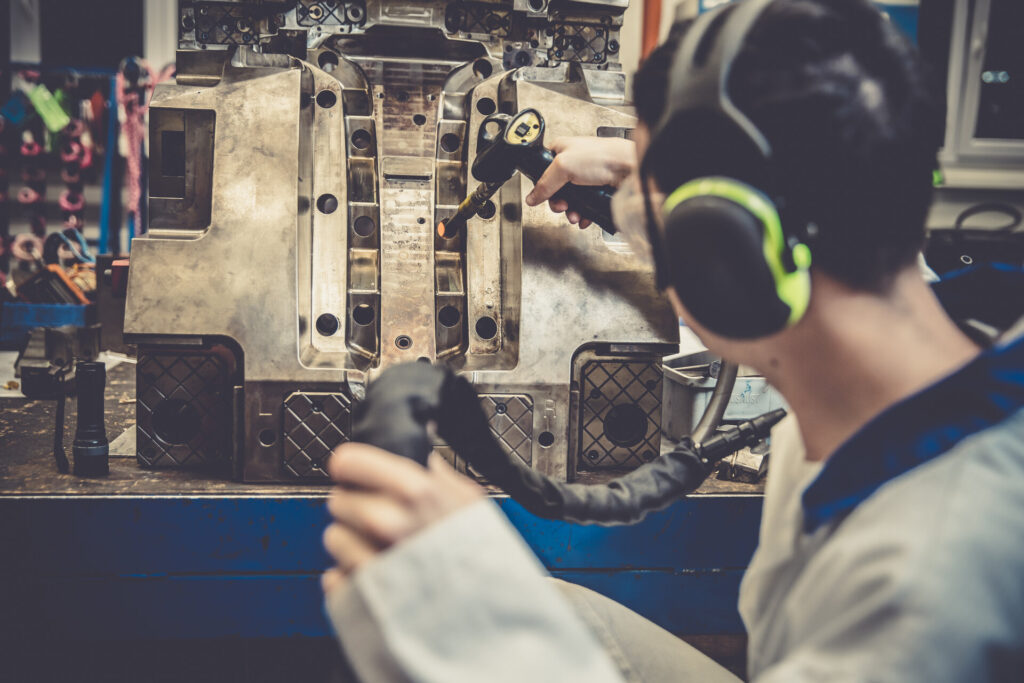Anyone exploring Jumping Horses for sale quickly realises how fine the line is between a promising prospect and a mismatch that drains energy and budget. This guide sharpens your view for the details that matter when a first try-out turns into the beginning of a long partnership.
Why the First Impression Shapes Everything
Choosing a future sport companion is more than analysing height, age or discipline. Buyers often sense potential, yet struggle to judge movement, mindset or training depth. The gap between a stylish presentation and actual suitability can be wide. This article helps you navigate that gap with clarity and precision, so every decision is grounded in skill rather than intuition alone.
Reading Movement With an Expert’s Eye
A first try-out begins before you mount. Watch how the horse enters the arena: Does it scan the surroundings, tighten up, or settle quickly? Observe stride elasticity, joint freedom and rhythm. Skilled riders spot subtle asymmetries early — a slight delay in hind-leg engagement or inconsistent contact can signal issues later.
When evaluating jumping horses for sale at JW Horses, this pre-ride moment often reveals more than the actual jumping round.
To sharpen your judgment:
- Compare transitions up and down.
- Focus on how the horse responds to light cues.
- Notice whether the back swings or stays rigid.
Temperament: The Predictive Factor Buyers Underestimate
Many riders fall for power and scope, yet overlook mental stability. A talented athlete with an unpredictable mind will cost you more nerves than any training schedule. Consider questions like: How quickly does the horse refocus after stress? How much support does it need from the rider?
This part is crucial when browsing Jumping Horses for sale, because temperament often determines whether joy or frustration dominates the coming years.
A practical approach:
Invite a second rider to test the horse. A sensitive mount that only cooperates for one person might limit future progress.
Training Background: Where Skill Meets Consistency

Training history shapes future performance more than pedigree. A well-schooled horse shows straightness, balance and a consistent rhythm. Ask for details: Who trained it? How long? Under which system? And how often has it jumped courses, not just single fences?
Misalignment between training level and buyer expectations is one of the most common problems when selecting Jumping Horses for sale. Riders sometimes expect show-readiness from horses that only mastered basic gridwork. These mismatches are avoidable — and costly.
The Try-Out: Turning Observation into Experience
Mount calmly. Feel the first three strides. A suitable sport partner gives feedback without resistance. Test reactions to half-halts, leg pressure and changes of line.
When approaching jumps, look for honesty, confidence and a controllable pace. Snappy knees impress, but a clear head and an adjustable canter matter more in the long run.
If a professional accompanies you, ask them to ride first. Their neutral assessment offers insight into whether a horse behaves consistently or only appears polished in marketing photos.
This is true for any search involving Jumping Horses for sale, where differences between presentation and reality can be subtle.
From Decision to Partnership: What Happens After “Yes”
A purchase is only the beginning. Transitioning the horse to your stable demands thoughtful management: feed adjustments, new routines, and gradual training changes.
Give the horse time. Even the most talented athlete needs weeks to settle mentally before showing its true ability. Many buyers misjudge early tension as a flaw, though it is usually simple adaptation.
The most successful riders view the purchase of Jumping Horses for sale not as acquiring a product, but as investing in a long-term teammate.
Buyer’s Decision Checklist
| ✔️ | Key Points to Review Before Choosing a Horse |
| ⬜ | Verify the horse’s response to unfamiliar environments — watch how it behaves when confronted with sounds or objects it has never seen. |
| ⬜ | Assess daily handling manners — observe grooming, leading, tying and trailer loading without the seller intervening. |
| ⬜ | Confirm recovery speed after short bursts of work — quick stabilisation indicates efficient cardiovascular fitness. |
| ⬜ | Request unedited training footage — ensure you see the horse on both good and mediocre days to judge reliability. |
| ⬜ | Check how the horse behaves around other horses — dominance, nervousness or excessive excitement may complicate training. |
| ⬜ | Review the horse’s medical file with an independent vet — insist on clarity regarding joint injections, past injuries or recurring treatments. |
| ⬜ | Ask for the horse’s feeding plan and supplement routine — sudden changes can cause behavioural shifts or digestive issues. |
| ⬜ | Clarify shoeing requirements — special shoeing can indicate previous strain or ongoing management needs. |
| ⬜ | Evaluate saddle fit during the try-out — pressure points or sliding saddles can distort movement and mislead your judgment. |
| ⬜ | Check the horse’s behaviour during transitions between riders — smooth handovers signal a steady mind. |
| ⬜ | Inspect stable behaviour — weaving, cribbing or stall anxiety often only appear off-camera. |
| ⬜ | Confirm transport readiness for future competition plans — loading confidence saves stress during travel. |
| ⬜ | Align long-term goals with the horse’s current workload — avoid expecting rapid progression if conditioning is still developing. |
| ⬜ | Ask about turnout routines and social dynamics — restricted turnout can influence energy spikes or tension. |
| ⬜ | Compare all impressions with your initial expectations — this final step helps distinguish emotion from practical fit when reviewing Jumping Horses for sale. |
Moving Forward Together

A strong partnership starts with careful observation, honest evaluation and a structured try-out. When you combine movement analysis, temperament checks and training history, your choices become sharper and more confident.
Those who follow this approach rarely regret their decision—because clear criteria lead to horses that match both ambition and personality. And those partnerships are the ones that last.
Image source: Artur Didyk, RD-Fotografie, Parilov, Adobe Stock





 Types of Jewelry Supplies in the Wholesale Market
Types of Jewelry Supplies in the Wholesale Market








